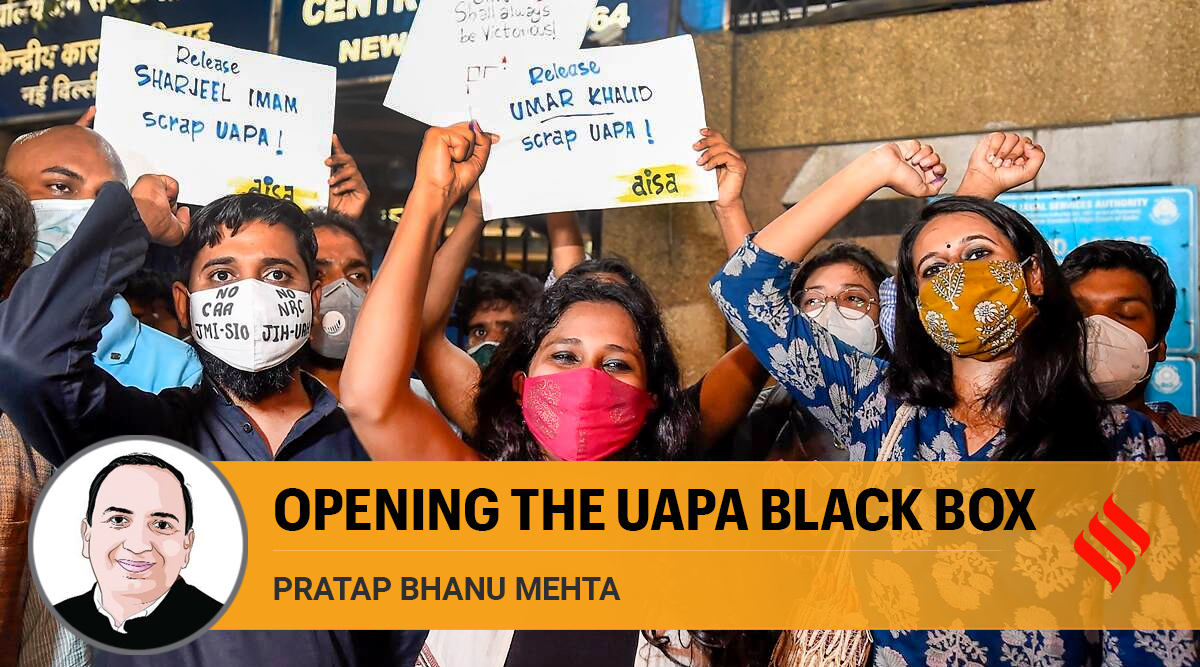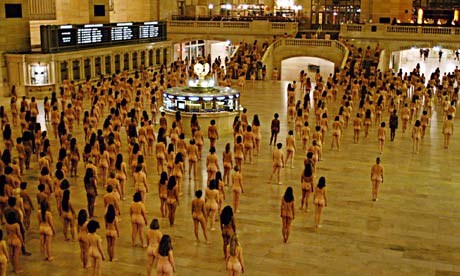This week, Daily Telegraph readers have been astonished by revelations about the incompetent regulation of
implantable medical devices. This paper has clearly demonstrated
that patients are put at risk, because of flawed and absent legislation. But
many of these issues apply even more widely, to the regulation of all medicines,
and at the core is a scandal that has been shamefully
ignored by politicians.
The story is simple: drug companies can hide information about their drugs
from doctors and patients, perfectly legally, with the help of regulators. While
industry and politicians deny the existence of this problem, it is widely
recognised within medical academia, and meticulously well-documented. The
current best estimate is that half of all drug trials never get
published.
The Government has spent an estimated £500 million stockpiling Tamiflu to
help prevent pneumonia and death in case of an avian flu epidemic. But the
manufacturer, Roche, continues to
withhold vitally important information on trials of this drug from
the universally respected Cochrane Library, which produces gold-standard
summaries on medicines for doctors and patients. Nobody in the Department of Health or any regulator has
raised a whisper about this, though Roche says it has made “full clinical study
data available to health authorities around the world”.
In fact, while regulators should be helping to inform doctors, and protect
patients, in reality they have conspired with companies to withhold information
about trials. The European Medicines Agency, which now approves drugs for use in
Britain, spent more than three years refusing to hand over information to
Cochrane on Orlistat and Rimonabant, two widely used weight loss drugs. The
agency’s excuses were so poor that the European Ombudsman made a finding of
maladministration.
Even Nice, the National Institute for Health and Clinical Excellence, plays
along with this game. Sometimes chunks of its summary documents on the benefits
and risks of drugs are redacted, because data has only been shared by companies
under unethical “confidentiality agreements”. The numbers are blacked out in the
tables, to prevent doctors seeing the benefits from a drug in each trial; and
even the names of the trials are blacked out, as if they were code names for
Russian agents during the Cold War.
This is a perverse and bizarre situation to have arisen in medicine, where
decisions are supposed to be based on evidence, and where lack of transparency
can cost lives. Our weak regulations have been
ignored, and if we don’t act quickly, the situation will soon get
much worse. The European Medicines Agency’s sudden pledges of a new era of
transparency are no use: it has a track record of breaking such promises. We
need proper legislation, but the new Clinical Trials Directive, currently
passing through the European Parliament, does nothing to improve things.
Are you glazing over at the mention of European directives? This is where it all went wrong. Sunlight is the best disinfectant, but these issues have been protected from public scrutiny by a wall of red tape, while the people we trust to manage these complex problems have failed us. Regulators have lacked ambition. Politicians have ignored the issue. Journalists have been scared off by lobbyists. Worst of all, the doctors in medical membership bodies, the Royal Colleges and the Societies, even the patient groups – many of them funded by industry – have let us all down.
This must change. We need muscular legislation to ensure that all information about all trials on all currently used drugs is made available to doctors. We need the members of patient groups and medical bodies to force their leaders to act. And we need EU medicines regulators to be held to public account, for the harm they have inflicted on us.
Ben Goldacre is a doctor and author of 'Bad Pharma’ (4th Estate 2012)
Are you glazing over at the mention of European directives? This is where it all went wrong. Sunlight is the best disinfectant, but these issues have been protected from public scrutiny by a wall of red tape, while the people we trust to manage these complex problems have failed us. Regulators have lacked ambition. Politicians have ignored the issue. Journalists have been scared off by lobbyists. Worst of all, the doctors in medical membership bodies, the Royal Colleges and the Societies, even the patient groups – many of them funded by industry – have let us all down.
This must change. We need muscular legislation to ensure that all information about all trials on all currently used drugs is made available to doctors. We need the members of patient groups and medical bodies to force their leaders to act. And we need EU medicines regulators to be held to public account, for the harm they have inflicted on us.
Ben Goldacre is a doctor and author of 'Bad Pharma’ (4th Estate 2012)







 34 Comments
34 Comments 